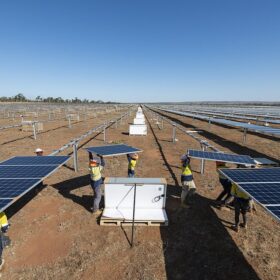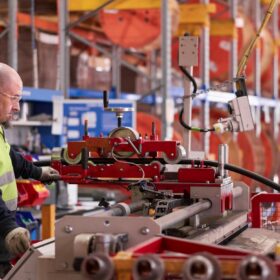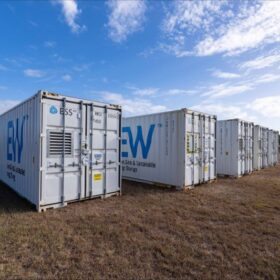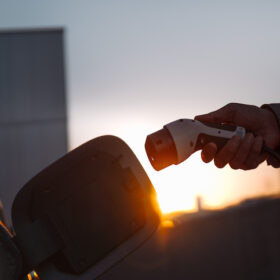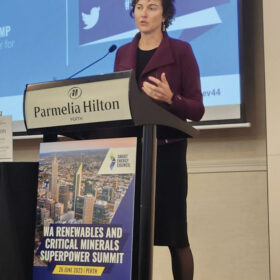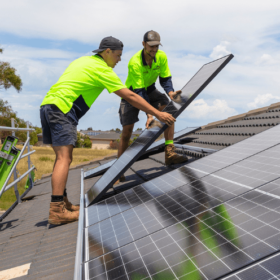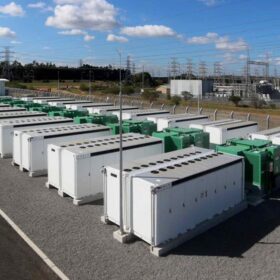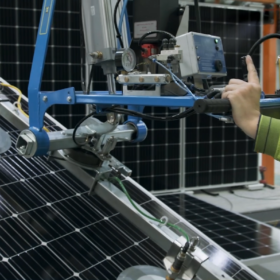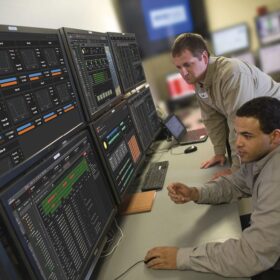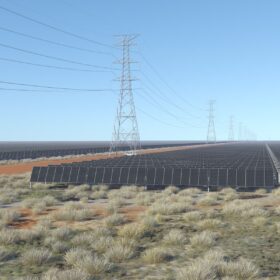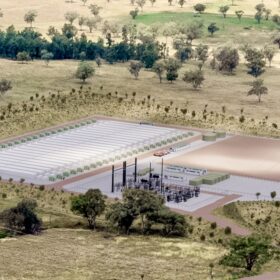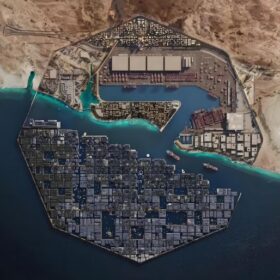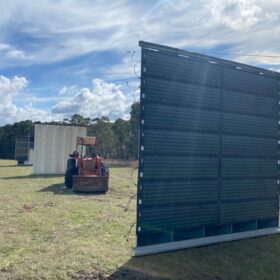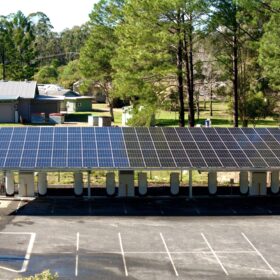Investors provide 4.7 GW response to NSW generation and storage tender
Investors have lodged bids for 3.1 GW of wind and solar projects, along with 1.6 GW of long-duration storage projects, in response to the New South Wales government’s latest tender for renewable energy generation and storage capacity as it prepares for the exit of coal-fired power generation from the state’s electricity grid.
Weekend read: Building to last in the global south
Paul Wormser, vice president for technology at Clean Energy Associates, says PV initiatives should be designed to last, as several well-meaning off-grid solar projects for the developing world have floundered over the years.
Report tips $138 billion to keep Australia in manufacturing race
The Australian government needs to commit up to $138 billion (USD 90 billion) over the next decade to support manufacturing of renewable energy-related equipment or risk the country being left behind in the race to develop the technologies and manufacturing capacities needed to prosper from the global energy transition.
State taps local companies to test out flow battery technology
Flow battery technology is under the microscope with the Queensland government committing $24 million (USD 15.83 million) to further evaluate and assess the capacity of the technology to support the next stage of the state’s battery capability and help meet its renewable energy targets.
Council calls for regulatory reform as electric car sales accelerate
Australia’s shift to zero-emissions vehicles is accelerating with a new report revealing that electric vehicles sales more doubled in the first half of 2023 with battery-powered vehicles accounting for more than 8% of all new car sales.
Weekend read: Not such a lucky country
With its critical-mineral riches, Australia is seeking to process and manufacture materials to capture more of the energy transition value chain. While logical, the path is already proving onerous and is hampered by the nation’s apparent allergy to boldness.
Victoria pushes switch from gas to all electric
The Victorian government has announced a new $10 million (USD 6.7 million) grants program to provide bulk rebates for the installation of solar panels, solar hot water systems and heat pumps as part of plans for all new homes in the state to be 100% electric from 2024.
Transgrid banks on big batteries to resolve emerging network constraints
Transgrid, Australia’s major grid operator, plans to soon launch a competitive process to procure grid support services from third-party battery operators as it looks beyond traditional network infrastructure to help maintain the reliability of electricity supply in two growth regions in New South Wales.
Australia invests $50 million to expand clean energy supply chains
The Australian government has committed $50 million to support the development and diversification of clean energy supply chains in the Indo-Pacific as it seeks to increase manufacturing opportunities and enhance energy security in the region.
Weekend read: Unify data to reduce complexity
The volume and complexity of data generated by renewables sites is growing, as are the regulatory requirements regarding its collection and delivery. Thomas Andersen, VP of renewables for U.S.-based engineer Emerson, explains how modern asset management systems can deliver better functionality and management to project operators and owners.
